A 10 inch album which was beautifully packaged in a solid gatefold cover with photographs and information, released in 1957. Scans and info have been added to the website today.
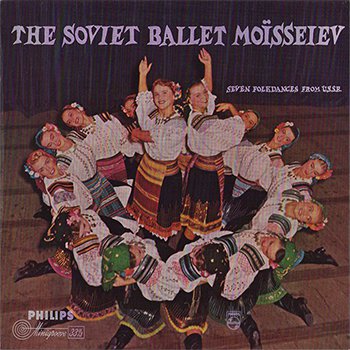
Click on the image to see full sized images and more information.
Scans and information were added for a regular 10 inch issue: Philips A 00698 R. This album was first released in 1954 and an original pressing is shown. It was part of the Mozart Jubilee Edition 1757-1957 (see this post).
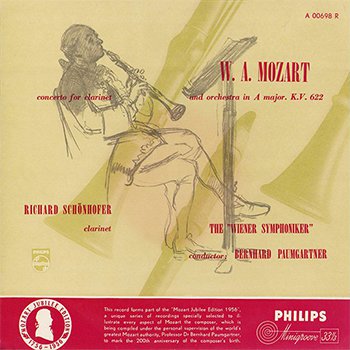
Scans and info were added for another early 10 inch issue in the Favourites-Series: S 06027 R. This release was also part of the Mozart Jubilee Edition 1756-1956 (see this post). The cover of this 10 inch album is fully laminated, indicating a first pressing (from early 1955).

Today, info and the images were added for Philips 429 240 BE, an EP by Mahalia Jackson and the Falls-Jones Ensemble. The recordings were originally made for Columbia in the USA.
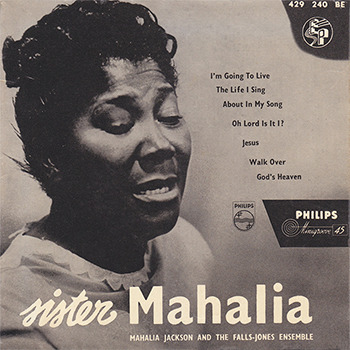
I found another (later) copy of Philips N 00107 R, including the sleeve, and I added all scans to the Philips N 00107 R page.
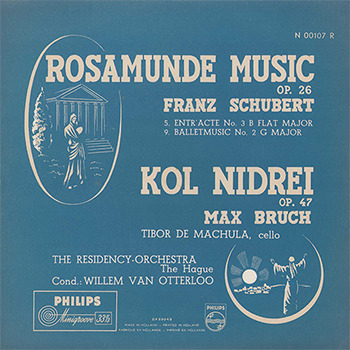
This EP was originally released in 1955. 1955 is supposed to be the first year Philips produced 7 inch singles and EP’s (not counting the mini 78rpm records). The first release came in a paper-like sleeve (with folded flaps glued on top of the back cover and no lamination); it came earlier than the laminated version shown here which also shows the text “All Philips records are high fidelity records” on the back.
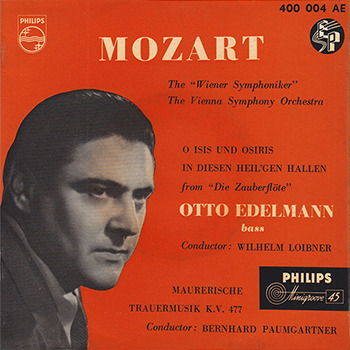
Click on the image to see all images .
The page Minigroove now gives more details on the standard covers used by Philips in the Minigroove years.
Recent observations led me to think Philips 07XXX series (for jazz, big band and other more popular genres) were released according to the following scheme:
070XX Most releases before 10/1956
071XX Released from 1956 onwards
072XX Released later than 9/1956
073XX Released later than 9/1956
074XX Non-existent
075XX Released later than 9/1956
076XX Most releases before 10/1956
077XX Most releases before 10/1956
078XX Non-existent
079XX Non-existent
This means that the 070XX, 076XX and 077XX ranges were released first, than came 071XX, to be followed by 072XX, 073XX, 075XX.
Sources: My own collection, Discogs and especially the Philips catalog “Amerikanische Serie, Hauptcatalog 1956/57”, which lists releases published before Sept. 30, 1956. When going through the pages all I can find are issues from the 070XX, 076XX and 077XX ranges and a few from the 071XX range.
More research is needed though.